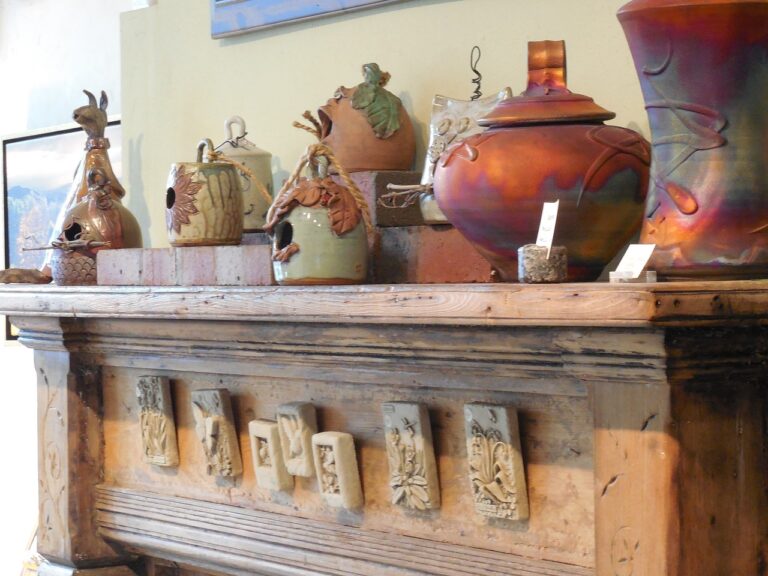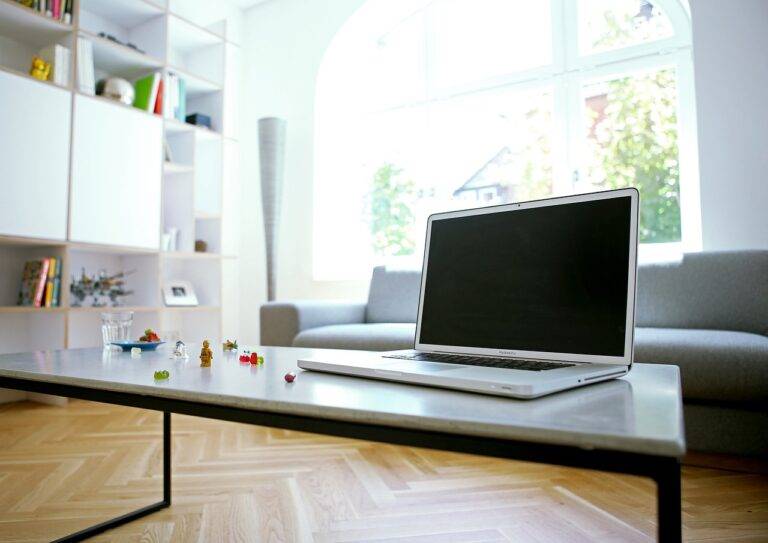Designing a Multifunctional Guest Room
When designing a functional space, it is crucial to first assess the purpose of the area. Understanding how the space will be used and by whom will guide decisions on layout and furniture selection. Take into account the activities that will occur in the space and ensure that the design supports these functions effectively.
Additionally, consider the flow of movement within the space. Aim to create a layout that allows for easy navigation and minimizes obstacles. By optimizing the flow, you can enhance the overall usability and comfort of the space for its intended use.
Optimizing Furniture Layout for Versatility
When it comes to optimizing your furniture layout for versatility, it’s important to think about the multifunctionality of the pieces you choose. Look for items that can serve more than one purpose, such as a sofa that can double as a guest bed or a coffee table with storage compartments for added functionality. By selecting furniture that can adapt to different needs, you can transform your space to suit various activities and occasions without overcrowding it.
Furthermore, consider the flow of your space when arranging your furniture. Create designated zones for different activities like relaxing, dining, or working to ensure a seamless transition between them. Pay attention to traffic patterns and make sure there is enough space to move around freely. By optimizing the layout to accommodate different functions while maintaining an open and inviting atmosphere, you can create a space that is both practical and aesthetically pleasing.
How can I create a functional space with my furniture layout?
Key considerations for creating a functional space include assessing the size and shape of the room, determining the primary activities that will take place in the space, and ensuring that there is adequate flow and circulation.
What are some tips for optimizing furniture layout for versatility?
To optimize furniture layout for versatility, consider using multipurpose furniture pieces, such as a sleeper sofa or a storage ottoman. Additionally, keep flexibility in mind by opting for furniture that can easily be rearranged or moved to accommodate different needs.
How can I make the most of limited space with my furniture layout?
In a small space, prioritize furniture that serves multiple functions and choose pieces with a smaller footprint. Additionally, consider using vertical space for storage and opting for furniture that can be easily folded or collapsed when not in use.
What are some common mistakes to avoid when arranging furniture for versatility?
Common mistakes to avoid include overcrowding the space with too much furniture, blocking natural light sources, and neglecting to consider the flow of movement within the room. It’s important to strike a balance between functionality and aesthetics.







